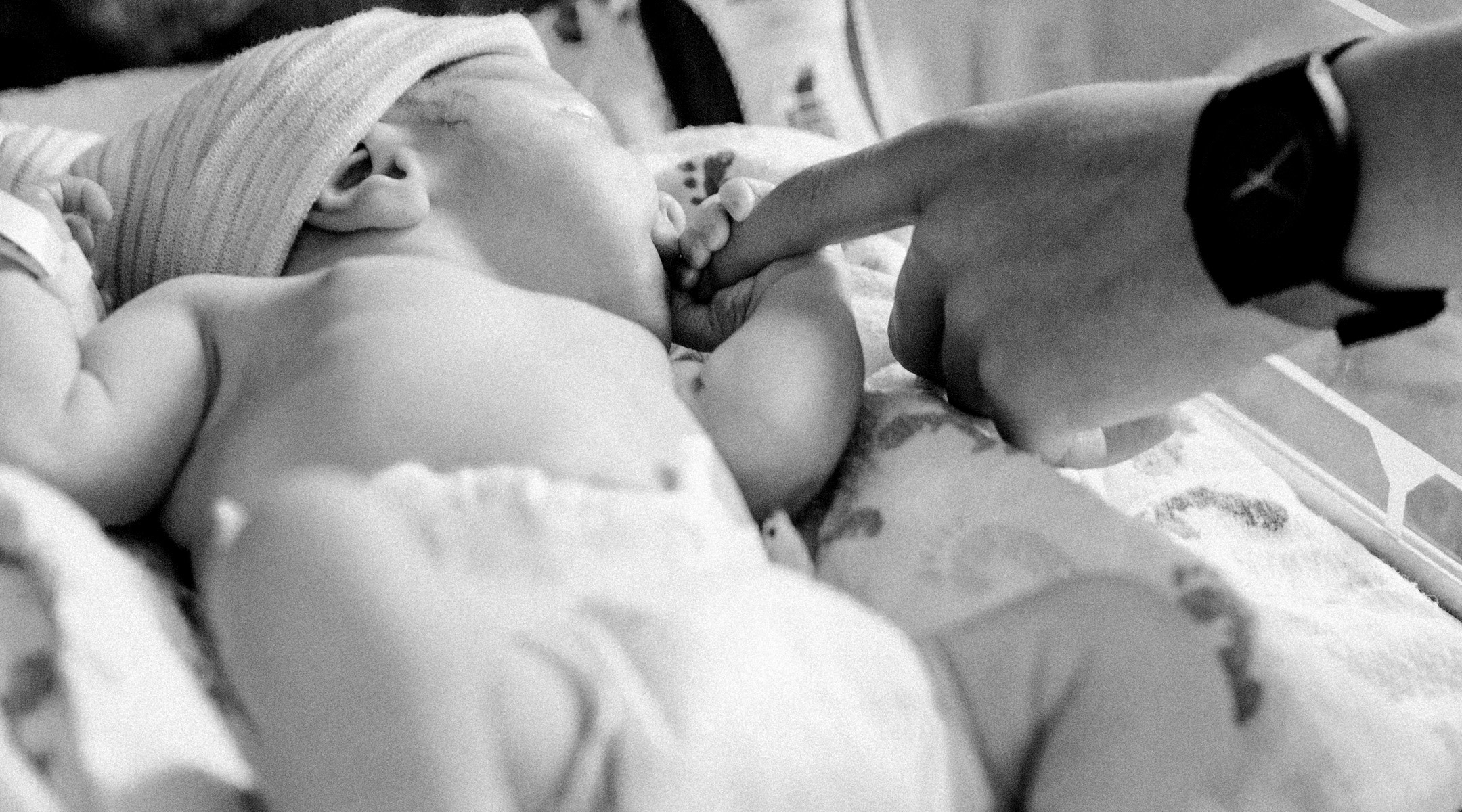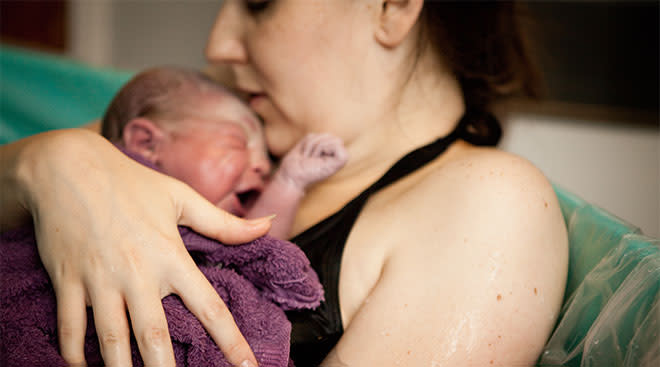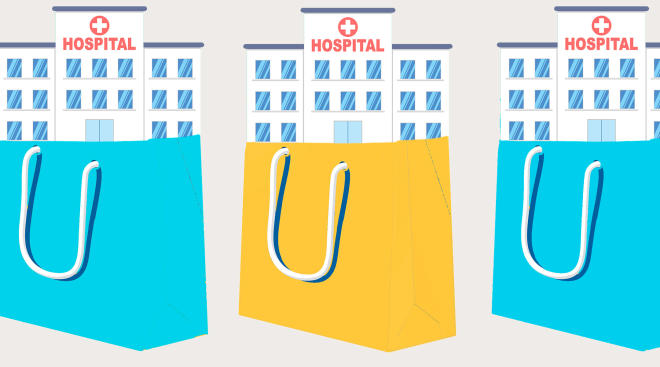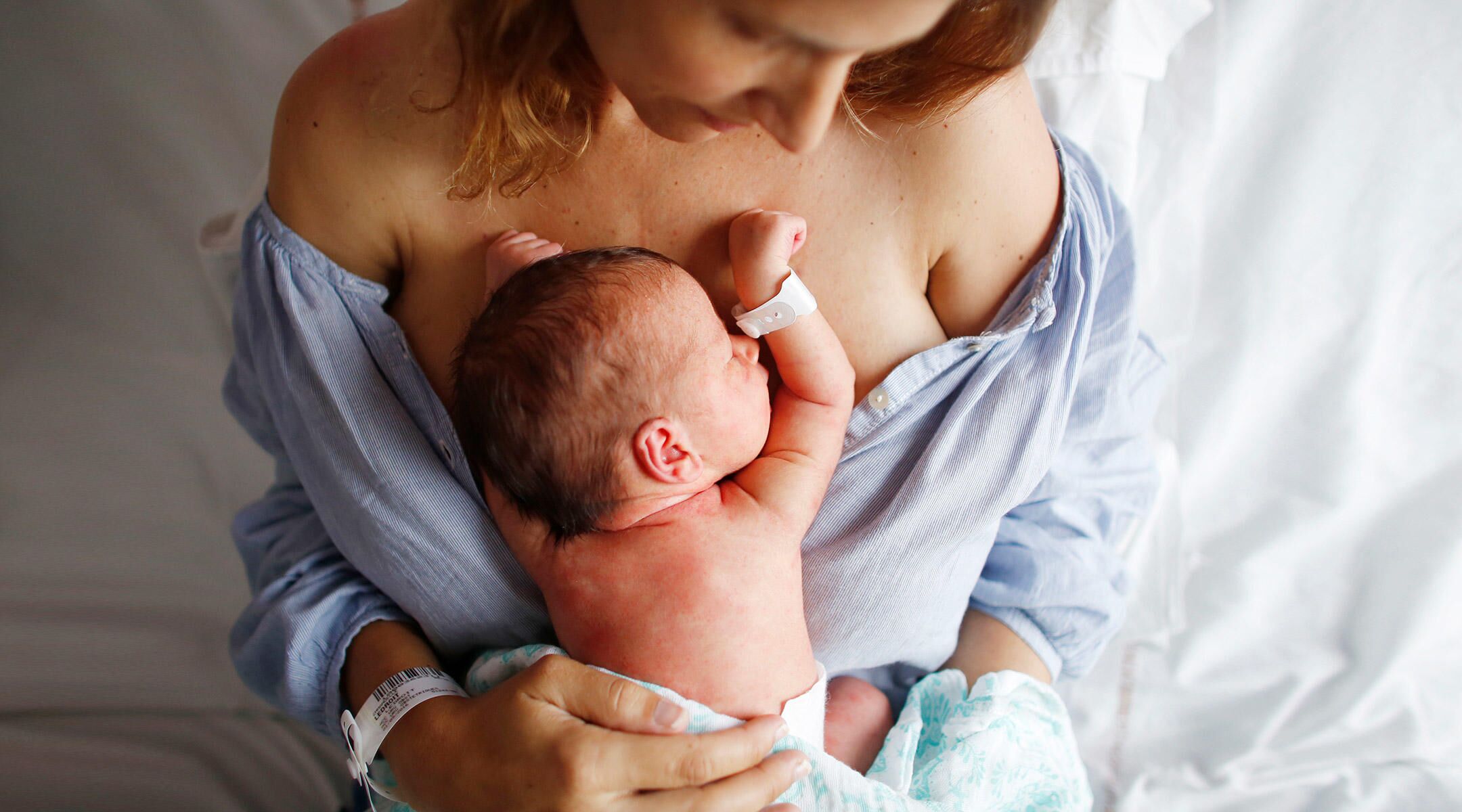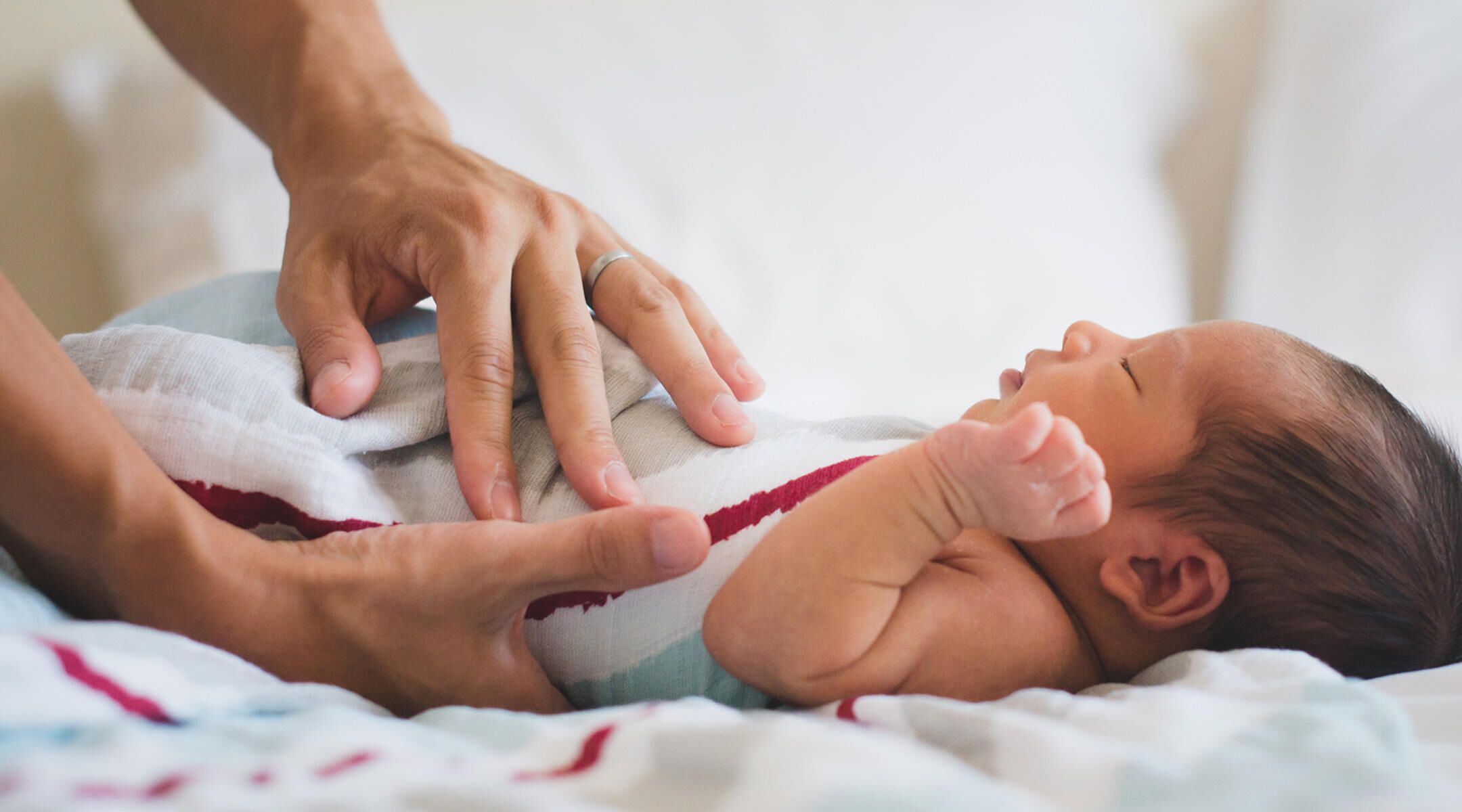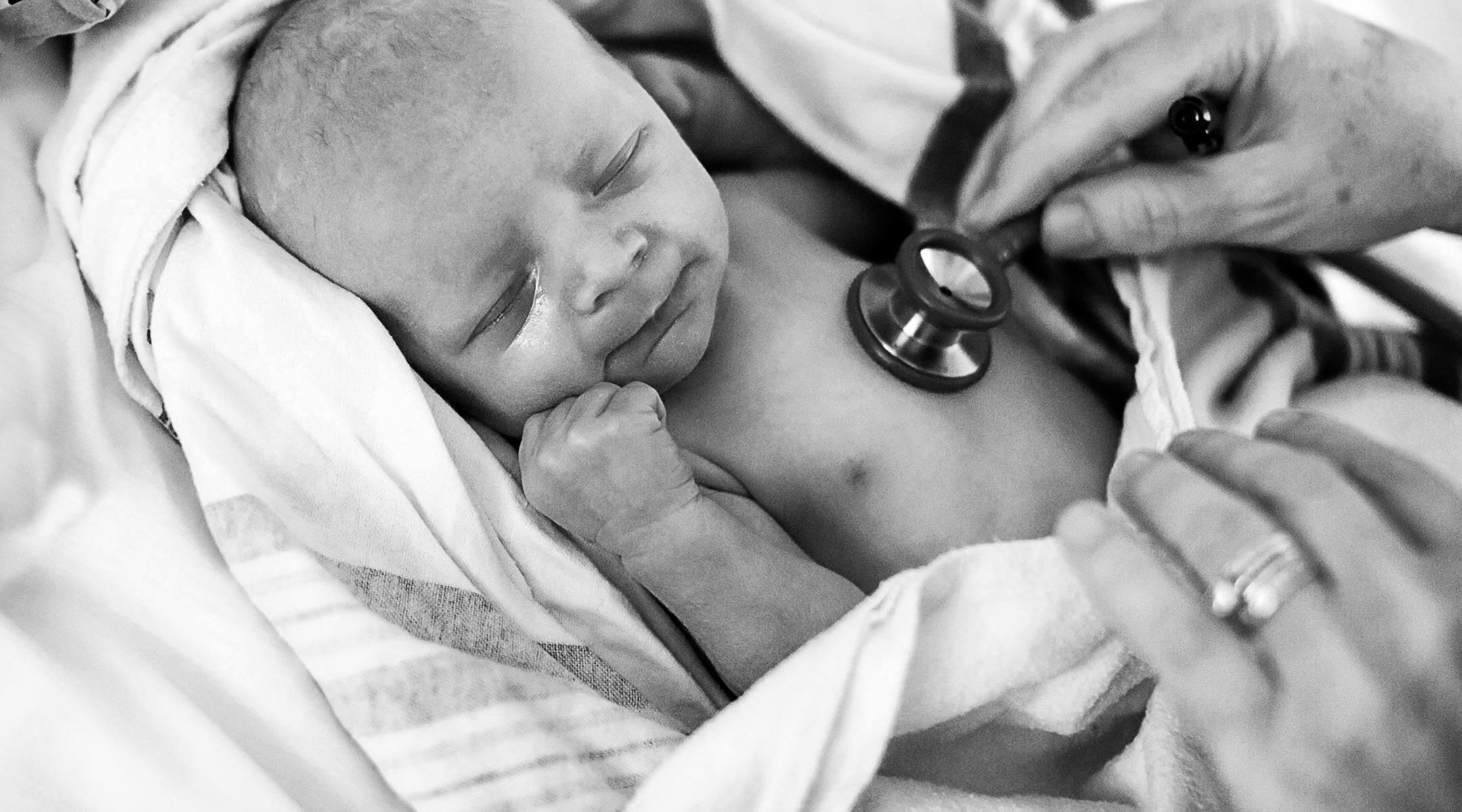How to Choose Between Natural Birth Vs Epidural
By the time many women are halfway through their pregnancy, everything is already sorted out: the name, the birth announcement card, even the first outfit. But when it comes to a birth plan, some expectant mothers remain unsure about whether they want a natural birth vs epidural—and that’s completely fine.
In fact, many doctors don’t advise becoming attached to a specific plan before labor begins, since you may end up disappointed if the delivery veers from your original vision. This is especially the case if it will be your first time going through labor. “Until the time comes, no one can predict how your labor will progress or how you will cope,” says Patricia Harper, MD, an ob-gyn with Allina Health Mercy Women’s Health Clinic in Coon Rapids, Minnesota. “Learn about your options, but give yourself the freedom to decide what you need at the time.” Maintain a dialogue with your doctor and sign up for birthing classes so you have an idea of what generally goes down during childbirth.
Surprisingly, deciding between a natural childbirth vs epidural isn’t just about the pain. It’s also about more straightforward factors (such as certain medical conditions) and more abstract ones too (like what childbirth means to you). So keep reading to learn about epidural pros and cons, as well as the lowdown on natural childbirth.
An epidural—or more precisely, an epidural block—is a drug that’s injected into the lower back or spine to numb the nerve roots. After the meds kick in (which takes about 10 to 20 minutes), you’ll experience a loss of feeling from the waist down and contractions will become less painful. However, you’ll still be alert and be able to bear down and push when baby is ready to be delivered, just as you would for a natural delivery. Of all the benefits of epidural, increasing comfort during labor is what attracts women the most. “When counseling moms-to-be about pain management, we emphasize that an epidural will offer the safest and best relief of pain during labor,” says Amy Stoddard, MD, an assistant clinical professor of ob-gyn at the University of California, Los Angeles.
However, epidurals aren’t always an option. Previous lower-back surgery or conditions, such as low platelets, can make it difficult or impossible to place an epidural, says Jill Serrahn, MD, an ob-gyn at Rose Medical Center as well as Midtown Obstetrics & Gynecology, both in Denver.
The top risk associated with an epidural is a drop in blood pressure that can lead to nausea and dizziness. Some women may feel itching—either in general or in certain spots, and not necessarily at the site of injection. In rare cases, the patient may have a spinal headache caused by spinal fluid leakage. And while doctors used to be concerned that having an epidural might slow down labor and increase the chances of a cesarean delivery, more recent research suggests that this may not necessarily be the case.
Watch, Hospital Bag Essentials During Covid-19:
It’s also worth considering that once you get the epidural, you’ll most likely be unable to roam around freely, even with a so-called “walking epidural,” a low-dose epidural that allows for some movement in the legs. “You may be confined to the bed, changing positions only from one side to the other, for what could be hours,” Harper says. “For some women, this can lead to feelings of restlessness or claustrophobia.”
But for others—like Virginia P.— the pain-relief benefits far outweigh the drawbacks. “The pain before the epidural was intense when I was actually having contractions but it wasn’t terrible in between,” she says. “I [had already] planned to get an epidural, so I never got to the point where the pain was completely unbearable. After the epidural, I felt nothing. Literally, my family and I hung out and talked, and then it was time to push a few hours later. My mom would look at the monitor and talk about how I was having a huge contraction, but I couldn’t feel it. It was absolutely amazing and such a relaxing way to give birth. I was still able to feel things and move around in bed, but my legs definitely felt heavy. Afterward, I felt great. I’m so happy with the decision to get one.”
Some women, as a general rule, prefer to avoid medications unless they’re absolutely necessary, and so they choose a birth without epidural. But there are also other reasons. As an old but still relevant article that appeared in the fall 2000 issue of The Journal of Perinatal Education declared: “Why natural childbirth? The more important question might be ‘Why not?’” In it, Judith Lothian, RN PhD, now codirector of NYC Lamaze and past president of Lamaze International, argues that “the pain of the contractions in labor is valuable.” It guides the woman to move in such a way that helps labor and delivery. Natural childbirth proponents also argue that endorphins increase with labor pains and therefore lessen them without numbing them. This is important, they say, because blocking that pain blocks that feedback mechanism.
When faced with the choice of natural birth vs epidural, there are those who prefer the challenge. “Some women are simply looking for the experience of a natural childbirth,” Stoddard says. These expectant mothers may believe that their bodies are capable of doing the hard work without medical assistance. Others think they feel more fulfilled in “getting the job done,” Lothian notes. Of course, these feelings are difficult to study and quantify—and deeply personal.
While there are no true risks of a non-medicated delivery, there can sometimes be more tearing in the genital area. “When a woman is in a lot of pain from labor, they can have much less control of their urge to push even if a doctor is telling them to stop or slow down. That will occasionally result in a more significant tear,” Harper says. (If this happens, a doctor will repair these tears after injecting a local anesthetic.) Harper also adds that while epidurals don’t necessarily decrease tearing, they may allow for a slower, more controlled delivery.
Of course, the biggest downside to natural childbirth is dealing with the physical pain. But with the help of birthing classes, you can learn about natural methods for pain relief, such as breathing techniques, massage and acupuncture—and get a more informed idea as to whether an epidural is your first choice, last resort or something in between.
Denlin D., for instance, took a hypnobirthing class (a practice that uses breathing, relaxation and meditation to manage pain) and had a doula for her meds-free childbirth. “I knew I wanted to do a natural birth and felt confident I could handle it,” she says. “I had 24 hours of incredibly peaceful labor at home. [Once we were at the hospital] the surges became so powerful I knew Jo, my daughter, was coming. The surges were entirely involuntary and intense— my body was just pushing. Hard. She was about to come out. But I could feel something pinching…I stood up and wriggled, then kneeled again, and she came out how I needed her to. It was intense. It was every feeling I’ve ever had—pain, ecstasy, fear, joy, cranked up to a billion.”
Chances are, when those labor pains start building, you’ll have a gut response as to what to do about them. You just know whether they’re something you can—or want—to deal with, or whether they’re something you’d rather banish—and fast (all the virtues, real or imagined, of natural child birthing be damned!).
Even if this isn’t your first baby, it’s hard to know which way you’ll go the second or even third time around. As one woman wrote in response to an Austin Moms Blog post on natural childbirth: “I had my first baby with epidural, and the second was a natural birth. The one with epidural was definitely easy, breezy, but the natural one, though painful, took only 30 to 45 minutes of active labor. I am now seven months pregnant with my third and still haven’t decided which route to go.”
Once labor starts, don’t forget that an epidural isn’t your only go-to for managing pain. Other options include narcotic medications, and even the use of nitrous oxide—or laughing gas—which has increased in popularity over the years. It’s mixed with oxygen and inhaled through a mask, and it’s said to calm anxiety so the contractions don’t feel so bad. Beyond meds, a doula can also help coach you through the birth to lessen the pain. “None of these other options provide the same level of pain relief that an epidural typically does,” Harper says, “but they can all certainly make a difference.”
Navigate forward to interact with the calendar and select a date. Press the question mark key to get the keyboard shortcuts for changing dates.
































